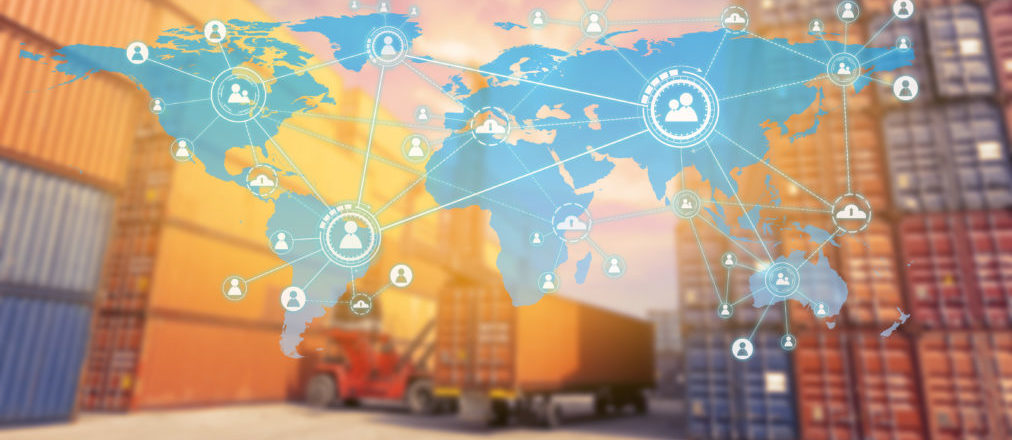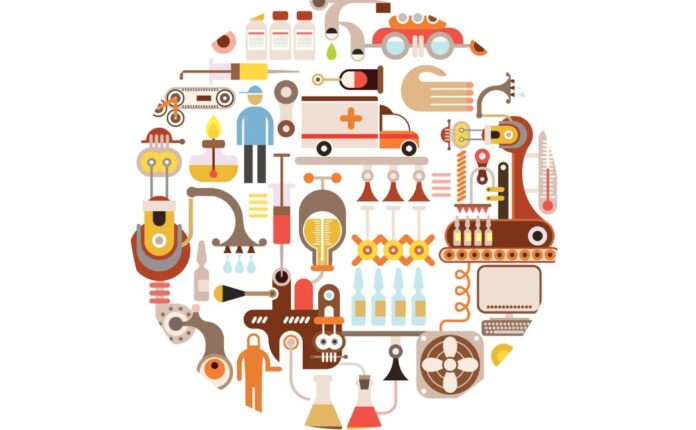According to a white paper titled Key Logistics Trends In Life Sciences 2025+ by DHL, “The global population is expected to increase from 6.9 billion people in 2010 to 8.0 billion in 2025…This will be accompanied by a growing demand for healthcare and a shift towards age-related disease patterns.” DHL’s well-devised white paper clearly outlines how humanity is currently heading toward unprecedented population growth, where healthcare for the aging will become a primary focus for nations across the globe. As much as the attention on the development of healthcare institutions, supplies and applications are under the spotlight, so too is the need for sophisticated logistics systems capable of supporting the demand of the ever-increasing population. In this article, we will explore the top five life science logistics trends expected in 2025.

Migration trends
Because the global population is on the rise, and more opportunity exists in the cities, greater migration shifts are likely. According to the United Nations, “As of 2014, it’s thought that 54% of the world’s population lives in cities – and it’s expected to reach 66% by 2050”. As cities grow, so too does the need for decent healthcare systems and infrastructure to handle a greater number of people. At present, there is increasing evidence to suggest that healthcare infrastructure across the US, is in a critical state. Health Facilities Management states:
“This deterioration of health care facilities seems to be becoming a national concern, as one-third of chief financial officers (CFOs) responding to a survey conducted by the Healthcare Financial Management Association reported that their hospitals were in worse condition than 10 years ago.”
The fact that infrastructure is breaking down across the US is indicative that there is a serious lack of funding across the healthcare board, as rising costs are negatively impacting the system nationwide. DHL’s white paper states:
“This shift will have direct consequences for healthcare infrastructures and logistics.”
In truth, at this point in time, huge changes will need to take place prior to greater population growth in order for cities across the world to sustain their citizens and their healthcare needs. You are asking; how does migration and healthcare trends impact logistics? Undoubtedly, there will be greater pressure on logistics systems to provide better support to a greater amount of people. Technology will need to play a key role in these new systems. The use of AI, robotics and machine learning will need to be embraced to a greater degree in order to support the life science trends approaching nations in the coming years.

Revolutionary medical advancements
From 3D printing organs, key vaccine developments, to rapid, cost-effective advancements in mapping the human genome, medical innovations are making the prospect of eradicating malicious diseases and extending human life extremely positive. DHL states,
“There are many more visions about the future of healthcare. One thing for sure is that the life sciences sector will change its face during the next decade. And life sciences logistics will be part of this change.”
Logistics will need to play a role in these advancements; by ensuring the entire medical supply chain is moving with the times, and remaining cost-effective, to ensure hospitals and patients can afford medical treatments. According to the Logistics Bureau;
“Given that hospitals and other healthcare facilities exist only to provide care to patients, it can come as a surprise to know that supply chain cost is typically the second largest expense such facilities incur.”
Greater regulations
DHL states, “Due to more complex supply chains, among other things, policy makers worldwide are enforcing stricter regulations for manufacturing and logistics.” Maintaining a healthy supply chain in the medical arena is key to a successful outcome for patients and facilities alike. If drugs arrive at the wrong temperature, or if overpopulation leads to greater road congestion, meaning greater difficulties for ambulance drivers, the line between life and death can quickly shift. Logistics company CartonCloud has designed an application set to support and assist transport companies with this changing landscape. As greater regulations are now being put in place to counteract issues facing the life science industry and the critical logistics needs to ensure everything needed to saves lives is functioning at an optimum. DHL further outlines how regulations are impact the medical industry,
“Key new requirements in the European Union, for example, include risk assessment of delivery routes, temperature monitoring and reporting of temperature excursions and the use of dedicated vehicles where possible.”

Emerging markets
As more developing nations are coming online, a greater need for supplies are on the increase, especially in the life sciences and healthcare sectors. Seemingly simple healthcare setups for developed nations, such as proper hygiene and sewage systems are often the cause of a number of life threatening diseases in the undeveloped world. Now a number of programs are underway in places such as Africa and India, where new and improved systems are being designed to support local people and their healthcare needs. Wired states,
“About 1.5 million children die every year from contaminated food and water, and in developing countries, half of all patients in hospitals are there because of problems with water and sanitation. What’s more, all this puts an economic strain on such countries. In India, bad sanitation practices costs the country nearly $54 billion a year, or 6.4 percent of its GDP.”
Again, logistics will need to step up and play a bigger role in the way these nations progress into 2025 and beyond.
In conclusion, there are a number of key trends outlining where life sciences is heading and how logistics systems will need to act as a back bone to this drastically changing landscape.
“Challenges for the life sciences industry will have many consequences for logistics within the sector. Shifting disease patterns and innovative products will have an impact on what is stored and transported. Regulation, competition and cost pressure will affect logistics procedures. Market changes and more decentralized supply chains will lead to new transportation routes. The fastest growth is expected in markets where adequate logistics infrastructures are not yet fully developed. However, in the more established markets we also see logistics demand being subject to change…”states DHL.
By Jasper P Miller









